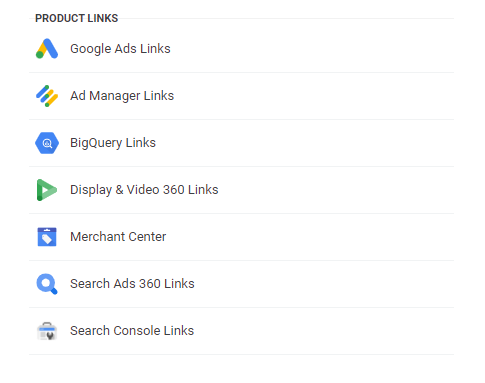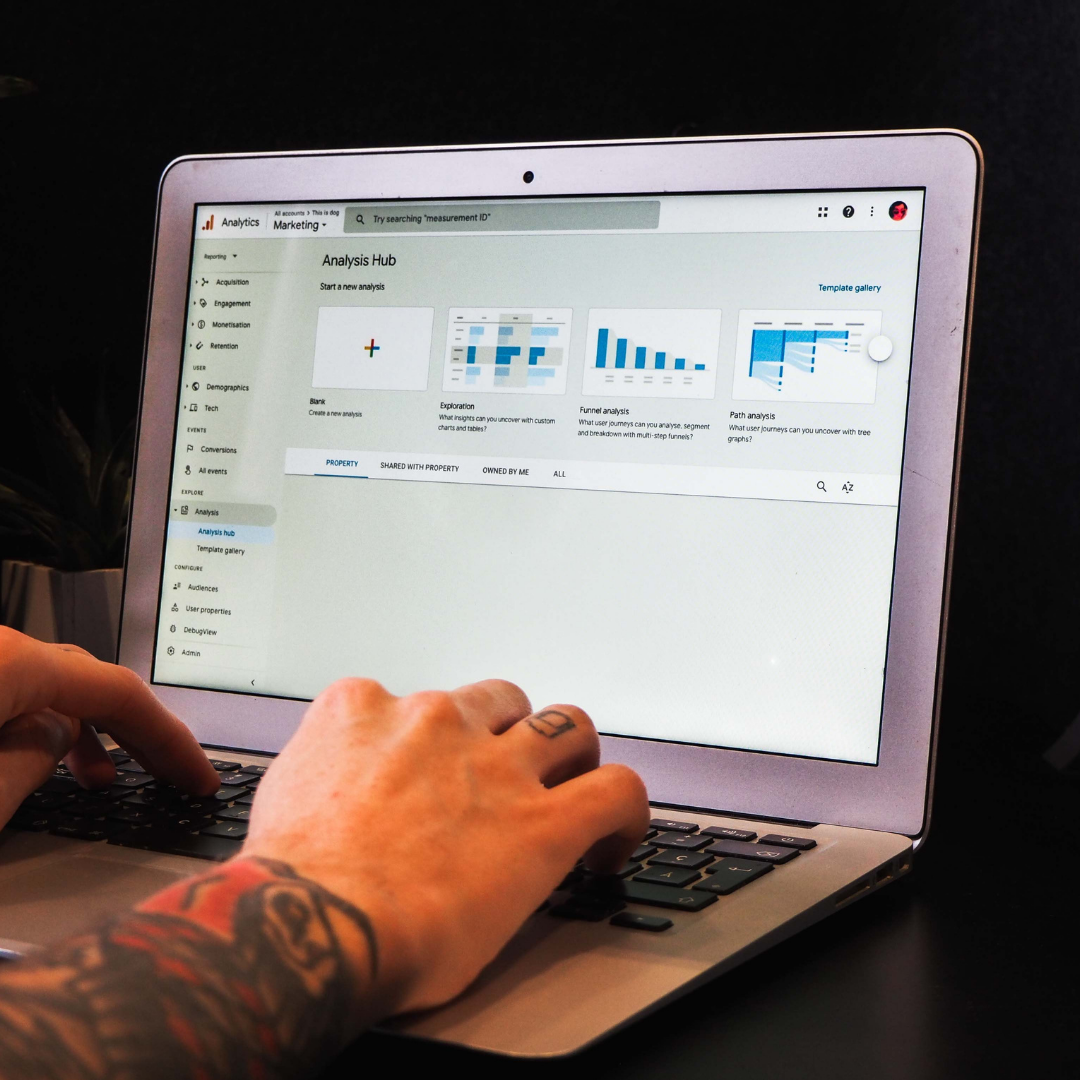Covering the New Updates and Requirements for GA4 Launch in 2023
Extra! Extra! In major digital marketing news, Google announced the future sunsetting of Universal Analytics and the required use of GA4. Starting on July 1, 2023, “all standard Universal Analytics properties will stop processing new hits” according to a Google press release. This means major change is on the way, and we’re here to help you through it.
Overview
GA4 is not a simple system. That’s why Google announced the required transition with over one year notice. In this article, we’ll review both required/recommended actions and an overview of the new system. Let’s cover the requirements first.
Requirements & Recommendations
Requirements:
- Create a GA4 account. Your current Universal Analytics account will not roll over into a GA4 account, so in order to continue tracking data within the GA system, a new GA4 account is required.
- Setup is similar to UA, including a tag on-site. GA4 can be created directly within a UA account.
Recommendations:
- Create a GA4 account as soon as possible. Historical data will not roll over into the new GA4 account, so the sooner a GA4 account is created the more historical data you will have to work with come July 2023. You can use both UA and GA4 right now.
- Adding the UA tag and the GA4 tag on your website will not distort any data or mess with tracking.
- While we recommend creating the GA4 account now, it’s entirely for data collection purposes. The Google API does not support GA4 at the moment, which means reporting sources are not able to connect to GA4.

The Platform
GA4 is quite a different system than UA. It’s important to note some of the major differences to understand the new data you will soon be ingesting.
Time
- GA4 measures the time taken to complete a specific conversion action. For example, it will track when a user starts reading a blog post, then starts a video, and then decides to fill out a contact form.
- GA4 tracks engagement time, when a mouse is moving. You will see this in columns such as “engaged sessions, engagement sessions per user, average engagement time”, etc.
- Engagement rate is utilized rather than bounce rate, bounce rate will no longer be available as a metric in GA4. Google defines engagement rate as the inverse of bounce rate, or the “Percentage of Engaged Sessions. Engaged Sessions is the number of sessions that lasted longer than 10 seconds, had a conversion event, or had at least 2 pageviews or screen views.”
Conversions
- GA4 offers the ability to create conversions based on audiences or conditions. For example, it is possible to create an audience of users who visit the floorplan section of a website. Then you can create a goal, or multiple goals, that are tracked for that audience only. With this kind of tracking, you can learn how often users who visit the floorplan page convert on apply now button clicks, or how often users from certain cities convert on specific conversions, etc.
- In a recent update, GA4 now offers predictive audiences. This is mostly for e-commerce-based audiences, but it is expected to see the audience list options grow with time.

- In GA4, 30 conversions are available for creation (rather than 20 in UA)! It is also possible to archive goals in order to free up a conversion slot.
Data
- GA4 offers a BigQuery Integration. With this integration, it is now possible to export data for more than one property at a time. Trying to export data for all your properties in one region? This updated integration now makes that process much easier. Check out this article for more setup information.
The Path Reports within GA4 now offer more options for viewing. Most significantly, there’s now an option to utilize a backward path. The backward pathing report “lets you select a desired event or page and explore how your users got to it. You can select an event, like a purchase or conversion, and explore the different paths your users take to reach that event and use that insight to improve the user experience.”
Recent Updates
- GA4 now offers more Google integrations!
- DV360
- DV360 is now available to link in GA4! With this integration, DV360 will automatically import all audiences and conversions created in GA4.
- Search Ads 360
- Previously the SA360 integration was only available for GA360 users. Now the integration is now available for all! However, this does not mean SA360 is available for free, solely the integration.
- Merchant Center
- Conversions for GA4 now integrate with Merchant Center.
- DV360
- Improved pre-existing Google integrations:
- Google Optimize
- Audiences and conversions from GA4 are now available for use in Google Optimize.
- Audiences are available to utilize for testing purposes. In other words, you can select which audiences you want to show which webpage experience to. This was previously only available in GA360.
- Google Optimize

- Feature Updates:
- Attribution
- In the admin section, there’s an option to update attribution models without permanently changing the data.
- This is major! This means it’s possible to view data under one attribution model, quickly change to another attribution model to compare the data, and then reset to the preferred attribution model without compromising any data quality.
- Predictive Analytics
- As mentioned before, GA4 offers predictive audiences. These audiences are based on who’s coming to the site from what channel and currently are mostly based on e-comm models.
- Rollups and sub-property views
- It’s now possible to view a rollup report of all properties in GA4. Previously this was only available in GA360. However, a rollup property have a maximum of 50 properties. This article gives more in-depth information of restrictions and requirements for setup.
- Modeled Conversions
- Modeled conversions are utilized in order to help identify users who are not identified due to privacy restrictions.
- According to Google, “Core reports (such as the Event, Conversions, and Attribution reports) and Explorations where you can select event-scoped dimensions will include modeled data. These reports automatically attribute conversion events across channels based on a mix of observed data where possible and modeled data where necessary.”
- Modeled conversions are only utilized when there’s enough data to inform the model.
- This topic can be confusing and tricky to understand. The linked article helps shed clarity on this complex topic.
- Attribution
Conclusion
Whew, that was a lot! While this was a good list of updates and need-to-know’s, it certainly does not entail all the specifics of working with GA4. Here you can find a full list of differing metrics from UA to GA4.
Though it’s helpful to read through updates, sometimes we need to engage our other learning tactics in order to fully comprehend a new topic. We encourage you to utilize the GA4 demo account, provided by Google, in order to get more comfortable with GA4 and generate ideas for how GA4 can help your properties. In addition, this webinar by AdSwerve was incredibly helpful in building our knowledge base.
Ready to create your GA4 account? Contact your Account Manager for more information.







